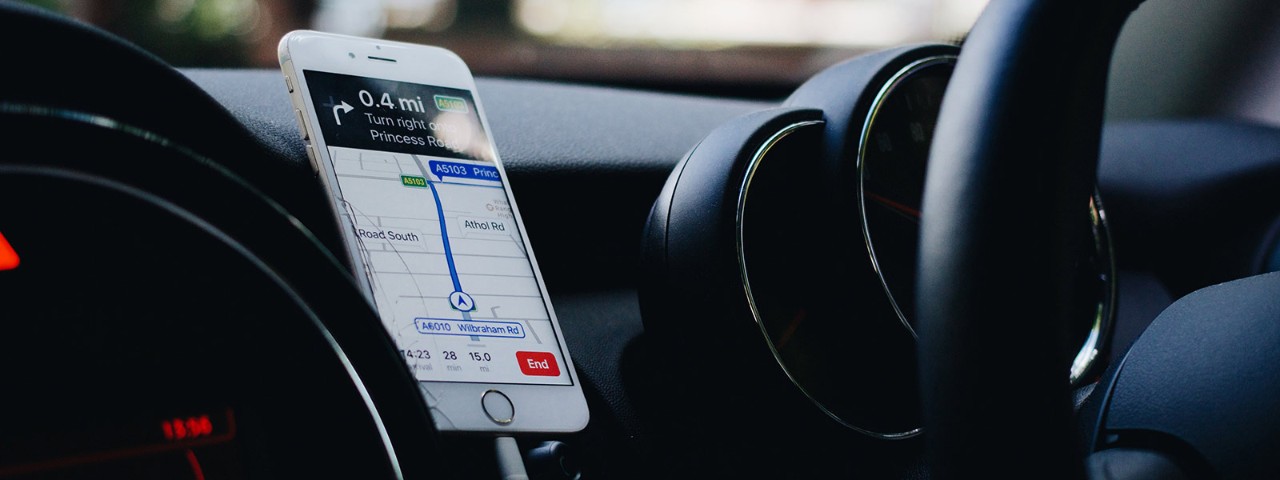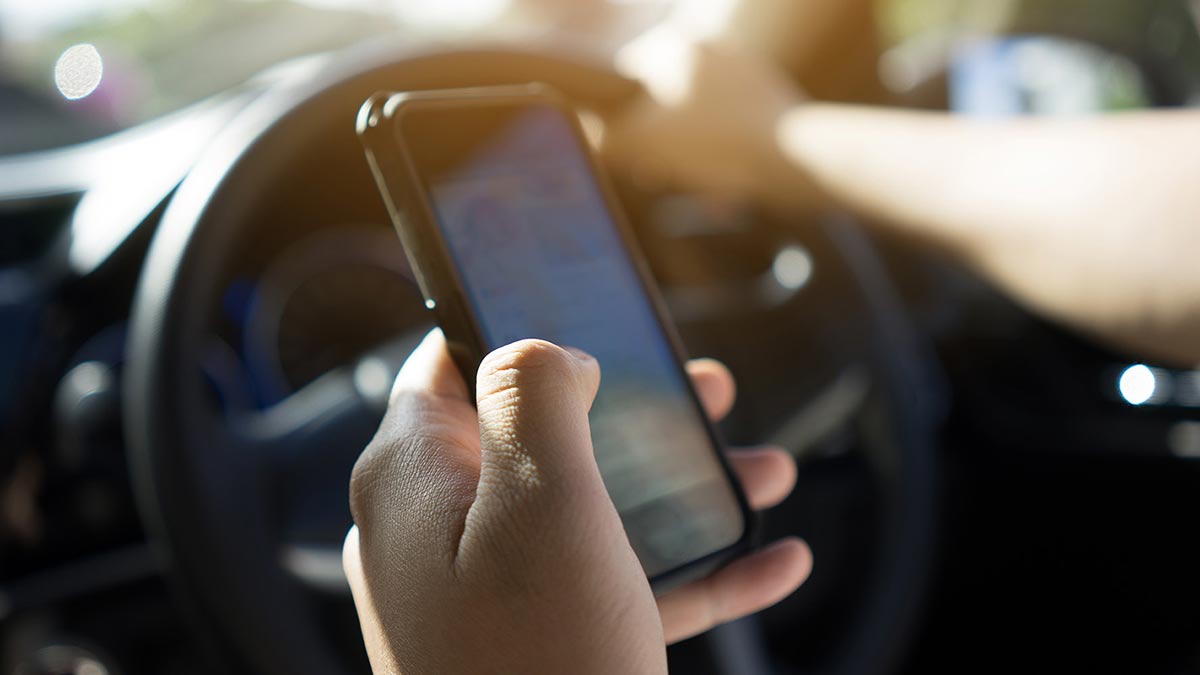Your voice matters. RACV is inviting all Victorian residents to share their experiences and help shape safer communities.
Confusing rules most P plate drivers are breaking

Playing music through your phone is off limits for probationary drivers.
There’s nothing quite like that first Maccas run when you get your driver’s licence. The thrill of swapping over the ‘L’ for a bright red ‘P’, the quick burst of that bubble when you realise your petrol tank is empty and this time you’re the one who has to fill it.
However, when you transition from a learner to a probationary driver, you go from being the safest person on the road to the most at risk. Drivers aged 18 to 25 years old are overrepresented in road deaths, making up 19 per cent of fatalities despite only accounting for roughly 10 per cent of Victorian licence holders.
It’s well understood that phone use, including making phone calls, messaging and scrolling on social media is strictly banned, but the increased accessibility of cars and devices with Bluetooth and USB capability means that what is considered ‘using’ your phone can become confusing.
We’ve broken down the specific restrictions placed on probationary drivers (P1 and P2) in Victoria regarding the use of GPS and music, to ensure the safety of everyone on the roads.
P-plate phone rules explained
Can I play music if my phone is connected by USB or via Bluetooth?
While you may not feel as though you are using your phone, under Victorian rules you are. Both P1 and P2 probationary drivers must never use any hands-free or hand-held device while driving, which includes listening to music. This applies even if you are able to change tracks or adjust volume from your steering wheel or car stereo or store your phone in a commercially designed holder.
So, Maps is also a no-go?
Correct. Using Maps on your phone, even via USB, is prohibited for both P1 and P2 drivers.
In terms of GPS, a unit can be in operation, but it must be inbuilt into the vehicle design, or secured in a commercially designed holder which is fixed on the vehicle. The navigation device cannot be a part of, or a functionality of, a mobile phone. Also, the address information should only be entered while a vehicle is pulled over and parked.
RACV encourages probationary drivers to plan their trip ahead, including looking up the route and for new or unfamiliar trips allowing extra time in case of the need to pull over and check directions.
What about if I have someone in the car with me? Can they put their phone on speaker?
Even if it is someone else’s phone, you’re technically the one using it and so it is still not allowed while on a probationary licence.
What classifies as being ‘parked’?
You must be stopped at a place where you can legally stop and leave the vehicle without it being a hazard. RACV advises to ensure the vehicle is in park and the handbrake is on. Being stationary, such as stopped at traffic lights, does not automatically mean parked.
For the purpose of using your mobile phone, a driver can be considered as legally parked with their keys in the ignition or the vehicle running. However, the vehicle must still be legally parked or pulled off the road before a hand-held mobile can be used.

It's best to avoid distractions, such as your phone, while driving
Where do smartwatches fit into this?
A smartwatch is a watch that is able to be linked to the wearer’s mobile phone, and enable them to access many of the functions of said phone.
Some uses of a smartwatch (which are sold under various names by different brands including Apple Watch, Samsung Gear and Pebble) are extended to the limitations placed on mobile phone and visual display units and so should not be used by probationary drivers while driving.
They cannot be used for social media, emailing, making or receiving calls, text or video messages, when worn by the driver.
What are the repercussions for using your phone?
- Loss of four demerit points and a $484 fine.
- Probationary drivers who reach five demerit points may incur a licence suspension.
Fatal distraction
Elvira Lazar, Manager for Safety and Education at RACV, says young drivers can underestimate how much attention and focus driving requires. “Anything that takes your attention away from the road, even if you’re not specifically looking at your phone… increases the risk for young drivers.”
In 2018, a study from Monash University found that, even when using hands-free technology, talking on a phone while driving is associated with a fourfold increase in risk of crashing. Further, distracted driving has been found to be a significant factor in almost 16 per cent of serious crashes resulting in hospital attendance across Australia.
“It can take you up to 27 seconds to get your full focus back [after issuing a voice command, for example], even if you’re still looking at the road.”
Elvira says the restrictions on phone use are intentionally strict and have been shown to work, even though sometimes it might not even be the driver causing the risk.
“There are reasons for these restrictions, and statistics show the limitations have been effective [in making our roads safer],” she says.
In 2018 Victoria saw its lowest road toll since records began, at 213 deaths; however, the toll for 2019 is already up nearly 52 per cent on last year’s figures.


